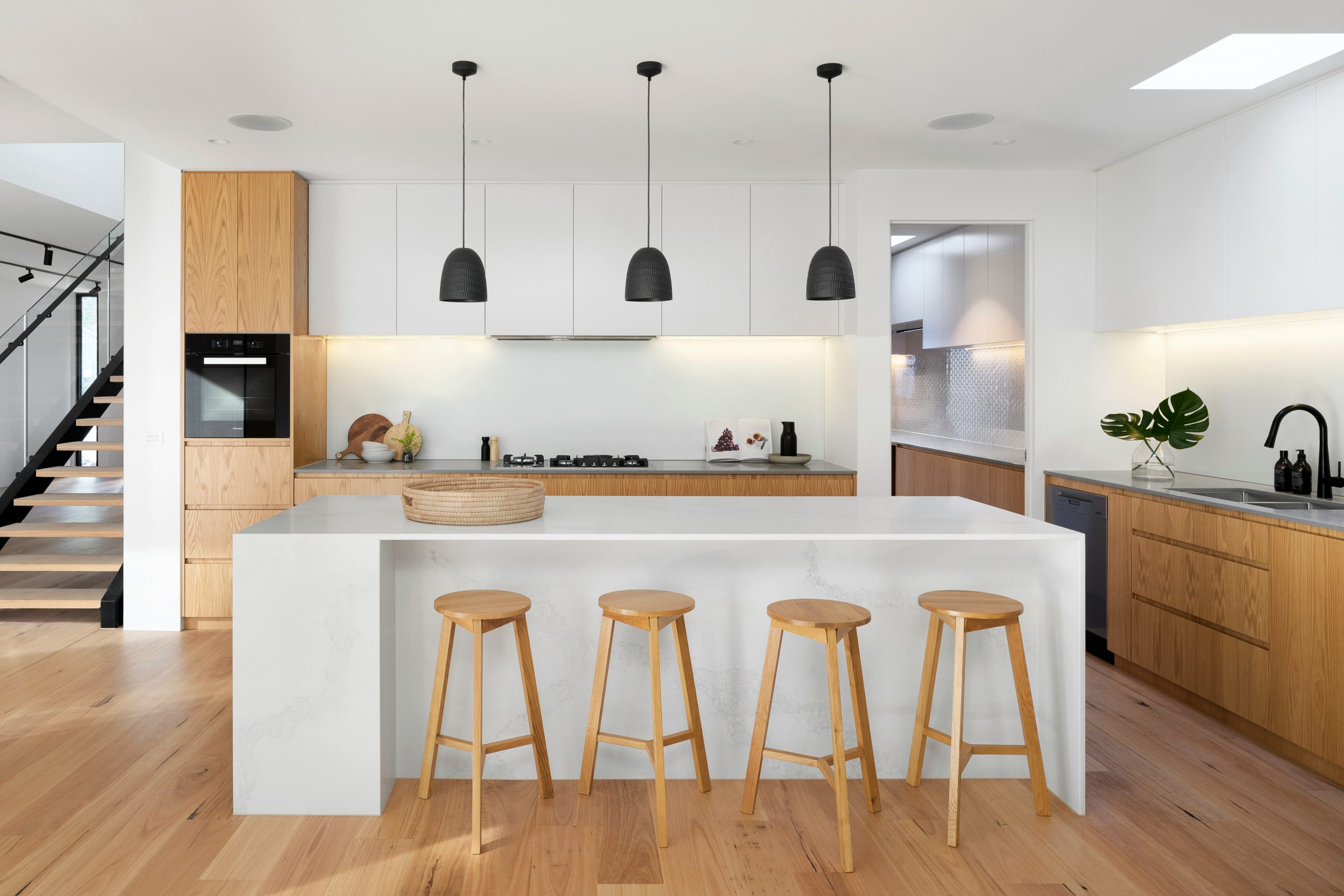Embarking on a kitchen renovation journey can be both exciting and daunting. The dream of a modern kitchen equipped with the latest features and aesthetics sends many homeowners into a whirlwind of planning and decision-making. Whether you’re an avid cook or someone who loves entertaining, the vision of a state-of-the-art kitchen typically includes sleek granite countertops, ample storage space, and a functional yet beautiful island. However, the path to achieving this dream kitchen can vary greatly, depending on individual circumstances such as budget, time constraints, and the ability to cope with the disruption that comes with remodeling.
The challenge of remodeling a kitchen is not to be underestimated. Known for being one of the most disruptive home improvement projects, kitchen renovations require careful consideration of how to approach the process. Homeowners must decide whether to undertake the renovation all at once or in stages, balancing the desire for immediate transformation with the realities of budget, time, and the mess and inconvenience of construction. This decision is crucial in determining the project’s overall success and the homeowner’s satisfaction with the finished space.
Table of Contents
ToggleThe Challenge of Kitchen Remodeling
Kitchen renovations are known for being particularly disruptive. The mess, the noise, and the inconvenience can test the patience of any homeowner. For those considering whether to tackle the project all at once or in stages, it’s essential to weigh the pros and cons. A full-scale remodel might mean having your kitchen off-limits for an extended period, leading to a reliance on dining out or fast food. On the other hand, updating your kitchen in phases could minimize immediate disruption but might prolong the overall project duration.
Starting with the Basics: Electrical and Painting
Before diving into aesthetic updates, it’s crucial to address any necessary electrical rewiring. This foundational step ensures that any modern lighting installations, such as LED under-counter strips or ambient lighting, won’t require revisiting finished work. Following electrical updates, a fresh coat of paint can do wonders for revitalizing a kitchen’s appearance. This stage is where the expertise of residential home painters becomes invaluable. Professional painters can transform a space, ensuring a high-quality finish that sets the tone for further renovations.
Flooring and Appliance Upgrades
Dilapidated flooring can detract significantly from a kitchen’s overall appeal. Modern flooring options that mimic the look of real wood without the maintenance can rejuvenate the space. Additionally, while the flooring is being updated, it’s an opportune time to assess the condition of your appliances. Replacing outdated appliances with more efficient models can enhance both the functionality and aesthetics of your kitchen.
Cabinet, Countertop, and Sink Enhancements
The next phase often involves evaluating the condition of cabinets, countertops, and sinks. If the cabinets are of good quality, resurfacing or refacing them can be a cost-effective way to achieve a new look. Upgrading to new countertops can also dramatically change the kitchen’s appearance. While granite remains a popular choice for its durability and aesthetic appeal, other materials like butcher block offer a warm, traditional feel suitable for certain kitchen styles. This stage might also necessitate a new sink and faucet, aligning with the new dimensions and style of the updated countertops.
The Role of Residential Home Painters in Kitchen Design
Residential home painters play a crucial role in the kitchen remodeling process. A professional paint job can serve as the backdrop for the entire renovation, highlighting the new features and contributing to the kitchen’s overall ambiance. Whether it’s applying a vibrant color to create a focal point or a neutral shade to complement the countertops and cabinets, the expertise of skilled painters ensures a flawless finish that enhances the beauty of the space.
The Decision: Piecemeal or Full Remodel?
Deciding whether to remodel your kitchen in stages or all at once depends on various factors, including budget, time constraints, and tolerance for disruption. While a piecemeal approach allows for spreading out expenses and minimizing immediate inconvenience, a full remodel can be more cost-effective in the long run and ensures a cohesive design outcome. Regardless of the chosen path, the goal remains the same: to create a functional, beautiful kitchen that meets the homeowner’s needs and preferences.
Realizing the Vision: Final Thoughts on Kitchen Transformation
Deciding between a piecemeal approach and a full remodel is a pivotal moment in the kitchen renovation process. This decision influences not only the project’s timeline and budget but also the homeowner’s experience throughout the renovation. A piecemeal approach offers flexibility and minimizes disruption, while a full remodel promises a cohesive design and potentially greater cost efficiency. Regardless of the chosen path, the collaboration with professionals—from electricians and residential home painters to designers and contractors—is essential for achieving a high-quality result that aligns with the homeowner’s vision and expectations.
Ultimately, the journey to transforming your kitchen into a space that reflects your personal style and meets your functional needs is both challenging and rewarding. It requires a blend of careful planning, creative thinking, and strategic decision-making. By understanding the steps involved and making informed choices at each stage, homeowners can navigate the complexities of kitchen remodeling with confidence. The result is a beautifully renovated kitchen that not only enhances the home’s aesthetic appeal but also enriches the daily lives of those who gather there, making the journey well worth the effort.





